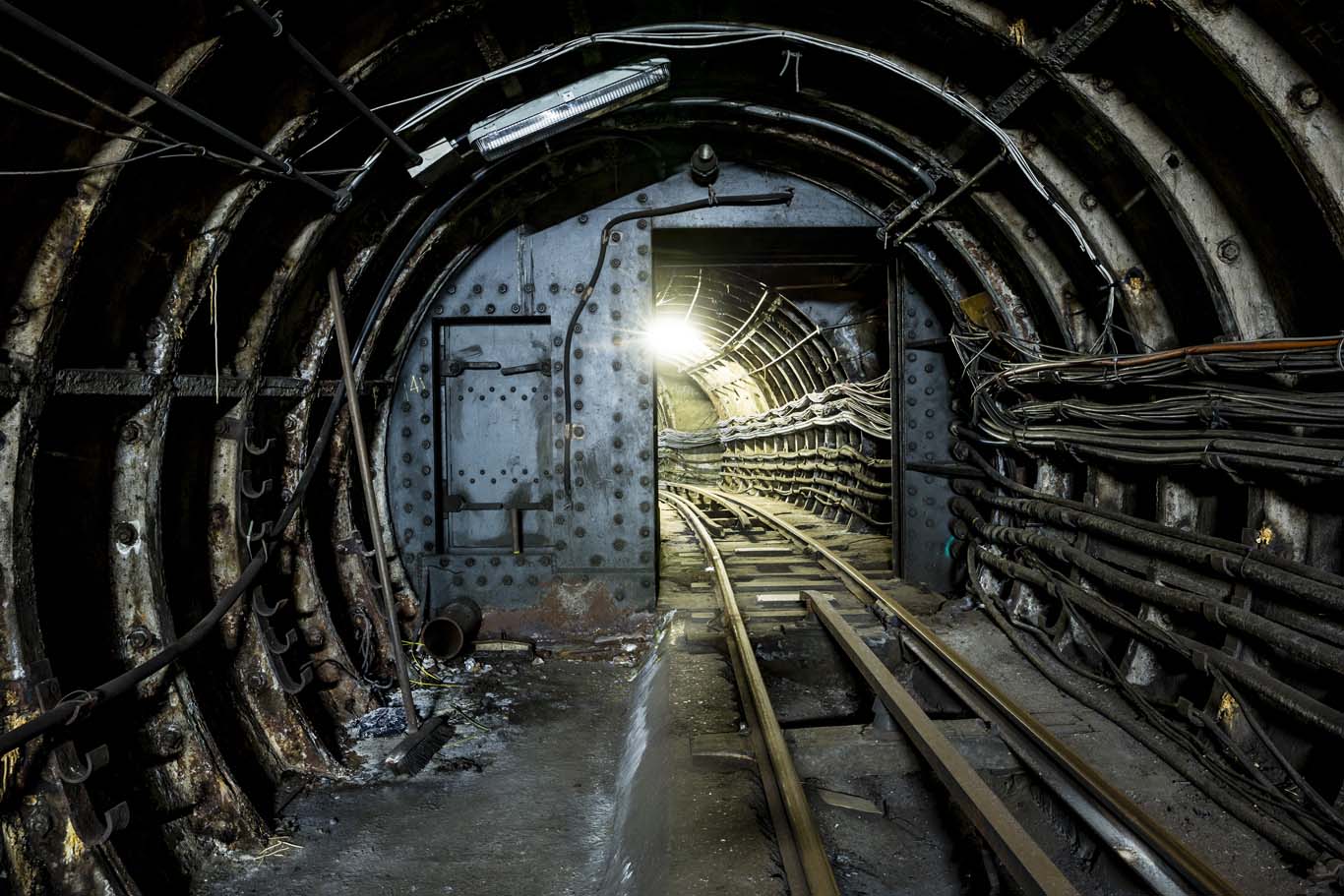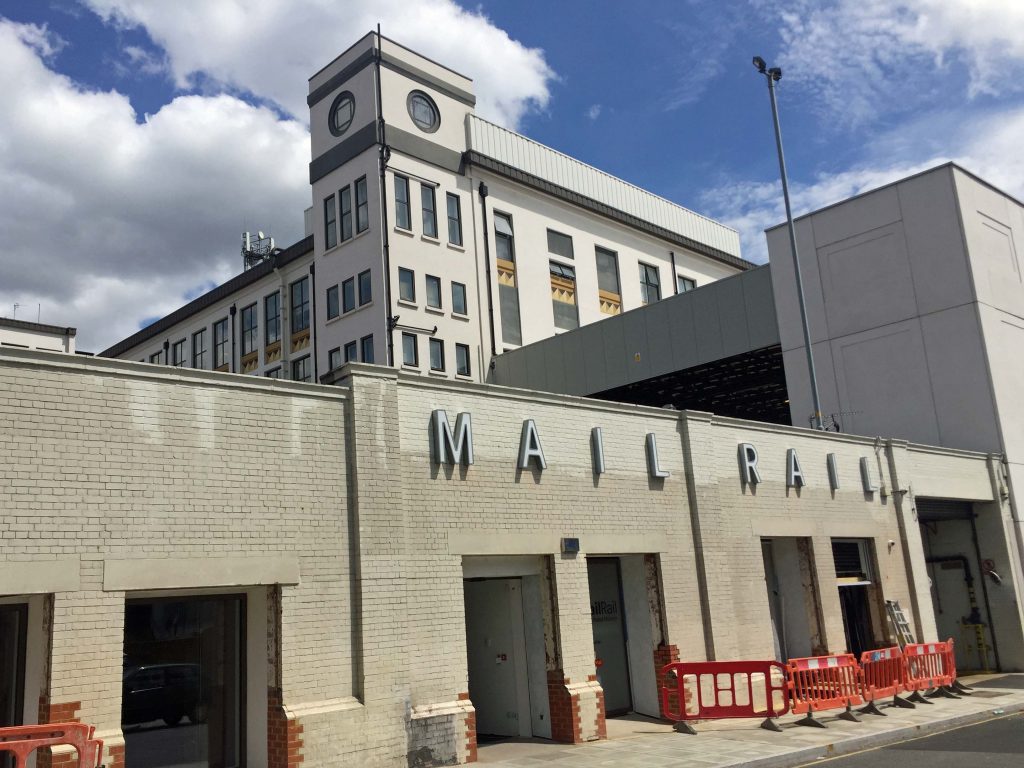
Abandoned subterranean infrastructure holds a particular grip on our imagination. From defunct tube stations to secret nuclear bunkers, the idea that another whole layer of obsolete human endeavour exists underneath the modern city – silent, dripping, forgotten – can’t help but excite our curiosity.
Among the most fabled of these lost underground worlds is London’s complete 22-mile network of tunnels, ghost stations and miniature rolling stock of the world’s first driverless electric railway.
At its peak, diminutive carriages stuffed full of post would shuttle along 2ft gauge tracks between the city’s mainline rail stations and key Royal Mail sorting offices. Trains bearing new loads would pull in every five minutes, 24-hours a day.
Over 200 people worked round-the-clock shifts in this hidden hive of industry carved out beneath our streets. “There was this great social camaraderie among those who worked here,” says Harry Huskisson, head of marketing and communications at the brand new Postal Museum, which opens today, and will offer public rides on Mail Rail for the first time from September. “There was a kind of battleship mentality. You could almost live your life down here with no need to go up to surface.”
LOCAL ADVERTISING
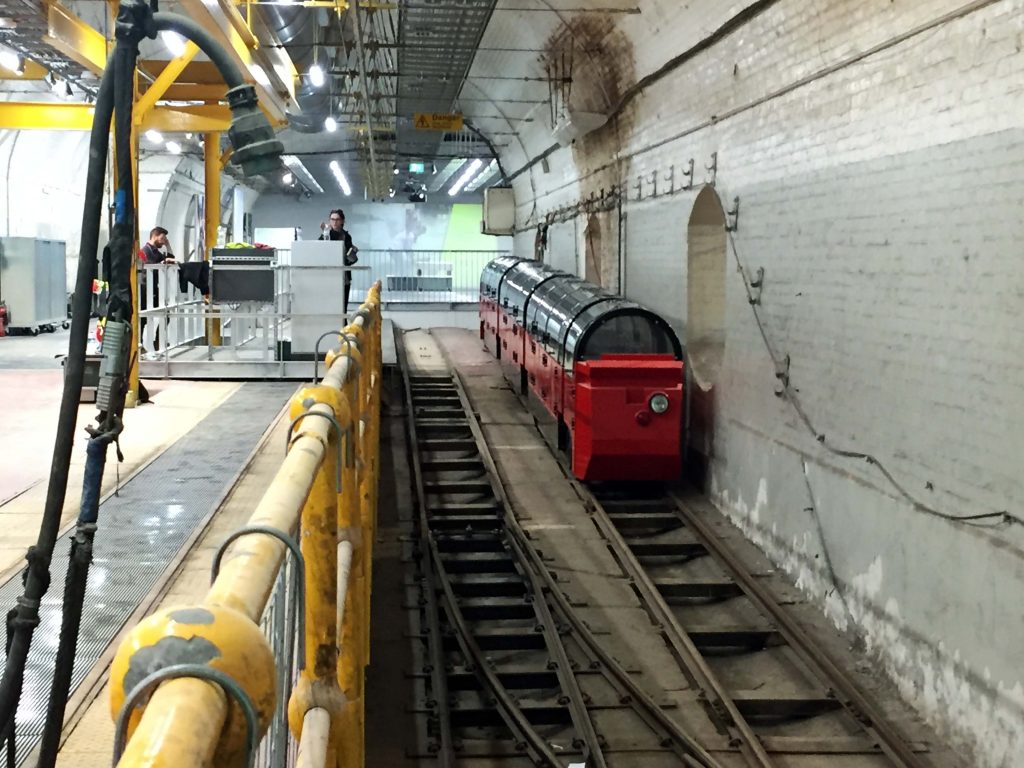
From its opening in 1927, and through decades of change including WWII (when treasures from the National Gallery were kept safe in these tunnels as letters to sweethearts on the frontline swept past), and the Windrush era of immigration, (which saw increasing numbers of international packages to faraway shores, often sorted by the new immigrant workforce), the 440-volt trains kept on coming.
But back in 2003, with the service becoming increasingly costly to run and spare parts for dated equipment having to be hand-made, Royal Mail suddenly mothballed the whole network. A staff of 220 was reduced to only three virtually overnight, who remained to caretake and make sure the lines didn’t fill with groundwater water.
“We think the plan was to hopefully be able to reopen it one day,” says deputy director of the new attraction, Tim Ellison, as he takes us on a sneak preview around the impressive station at Mount Pleasant. “But in the end it never happened. When we started work on the project to turn Mail Rail into a museum in 2011 – eight years later – we came down here and it was as if everyone had just gone on a lunch break. There were half eaten lunches, dated newspapers and clothes still hanging in the lockers.”
The aim has been to preserve this Marie Celeste snapshot feeling as much as possible, so the general public, who’ve been enthusiastically pre-booking tours months in advance already, can enjoy a real experience of what life down here must have been like.
The only difference is that now, human cargo is to be carried on the tracks, via specially commissioned trains with 360-degree windows. So just what is a trip into London’s lost, pre-internet communications web actually like?
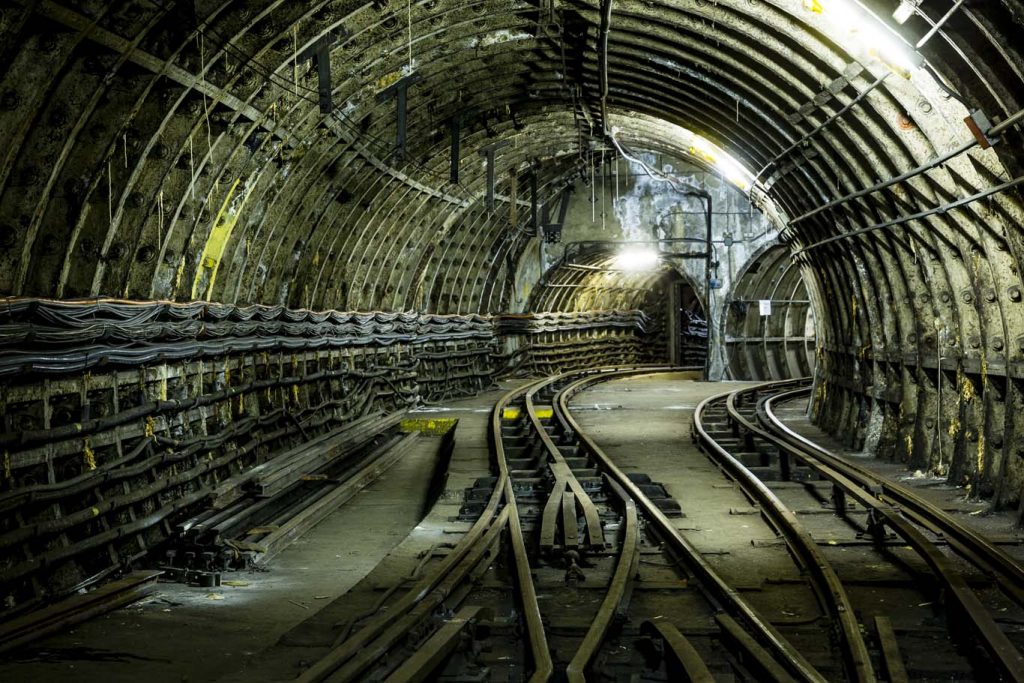
Harry and Tim usher our small group aboard the unique carriages and close the lid on us. Inside, it feels relatively spacious (almost), considering the very low headroom and tight width of the tunnels we’re about to enter.
An audio-visual tour hosted by a genuine chirpy Mail Rail veteran kicks in, and we’re off, finally entering a world previously only seen by staff, their families (at annual Christmas events) and a handful of clandestine urban explorers, who famously broke in to photograph this ‘holy grail’ of off-limits subterrania a few years back.
Impossibly long strands of calcium stalactites drool down from the cast iron curve overhead as we pass by and soon we trundle through heavy flood doors, a reminder that the underground River Fleet passes right above here, on route from Hampstead to the Thames. Sandbags piled to one side indicate where runaway trains could once be stopped, while a ‘graveyard’ of retired and broken trains can be peeked through an arch, a level down below.
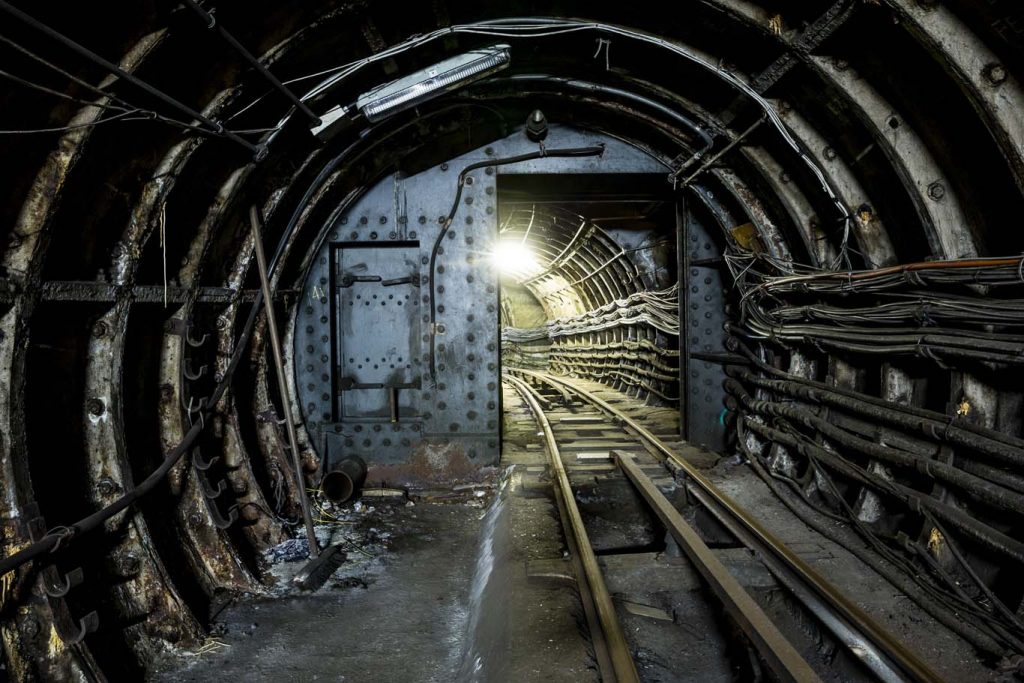
It’s best described as being on the tube, in miniature: a dinky, almost personal line, that retains its air of secrecy courtesy of the intimate dimensions and many hidden turn-offs. It’s only when we spot a branch line such as the one off to Paddington, or pull in to a station, that overhead clearance opens up slightly.
A well-loved dartboard and stern safety notices remind us of the hubbub that once would have echoed across these platforms. Now a colourful movie show floods the walls with this history, and you can’t help but be struck by the speed of mankind’s communications progress.
And yet this was not even the first underground postal system. The Victorians had previously experimented with a series of huge fans creating air pressure to suck or blow mail cars along a series of tunnels at 30mph, back in the 1860s. There was also once a 40-mile network of pneumatic tubes under the capital’s streets, propelling papers between important places such as the Stock Exchange and Parliament.
The tangle of sewers, cable runs, bunkers and forgotten passageways that weave deep beneath us serve as a permanent reminder of our own impermanence. Ambitious grand technologies that change the course of history and determine the lives of those who operate them, quickly become museum pieces.
As we emerge again at the Mount Pleasant underground depot, brimming with slightly furtive joy at our ride on the secret railway, there’s also huge pride at the collective, ongoing human endeavour of 500 years of postal innovation.
Public access to the trains on Mail Rail is sure to be a huge hit – it’s impressive and exciting. But as the accompanying hour or two spent among the juicy historical nuggets in the wider Museum deftly reveals, it’s just one chapter in a much larger book.
We may be among the first – but certainly unlikely the last – to say that London’s new Postal Museum really delivers.
Six of the best at The Postal Museum
This brand new facility in Clerkenwell, complete with a hands-on children’s attraction called ‘Sorted’, positively rollicks through the amazing history of the world’s oldest postal service. Striking personalities, curious tales and impressive artefacts abound. Here are just five of our highlights.
1. King Henry VIII
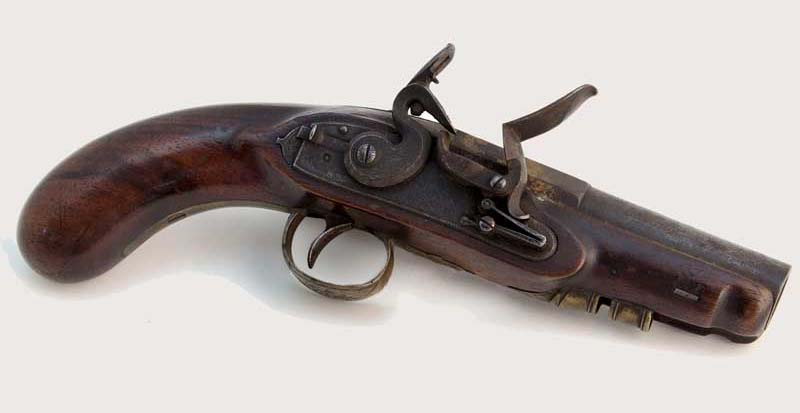
The story of the post begins 500 years ago, when the Royal Mail served only one person. As the remit expanded over time to provide communications for other poshos (it remained prohibitively expensive for many years), glorious stagecoaches carried the post. You’ll find a fine example of these, and the weaponry used to protect them, on display.
2. Leicester City FC’s horn player

Guards on thundering mail coaches in the 1800s had to signal loudly for people to get out of the way, which they did by parping notes on long, thin postal horns. When the museum wanted to record an example of this sound, they found it difficult to find either a working horn, or anyone who knew how to play one. Strangely enough, Leicester’s football team have come out each matchday since the 1930s to the sounds of a postal horn ‘gallop’, and their current hornsman was happy to oblige. You can hear his impressive blasts in an interactive exhibit.
3. A priceless sheet of stamps
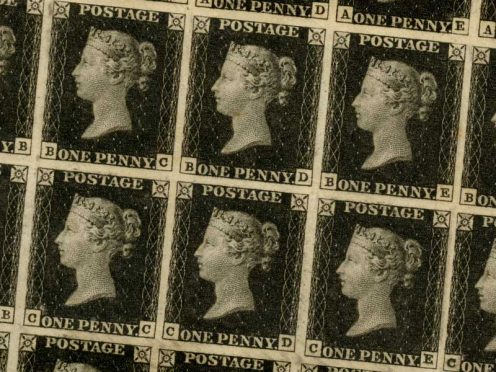
It’s not every day you come face-to-face with a complete, original sheet of Penny Blacks. As the world’s first adhesive postage stamp, owning one is the stuff of collector legend, even though the internet has made them fairly easy to find. But a whole sheet? That’s officially priceless. Since nowhere else on the planet owns one, the Postal Museum’s exhibit would theoretically be impossible to sell.
4. The first ‘websites’
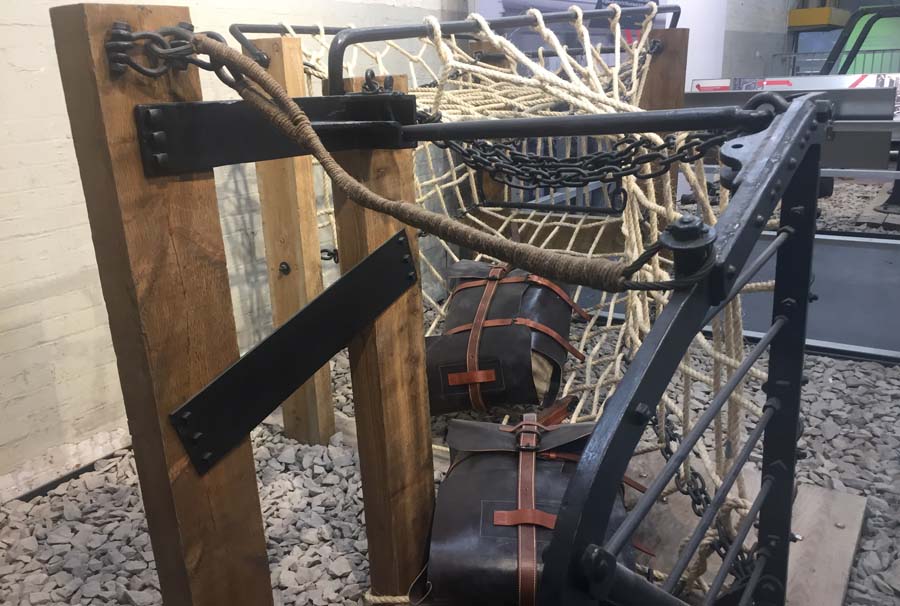
Museum-goes have the chance to dress up and try sorting mail aboard a moving train, for a taste of the frantic process that took place once sacks from Mail Rail had made it aboard full-sized trains above. Speed was paramount, so big leather bags were hooked to the sides of trains and scooped up by large nets in each village, meaning there was no need to stop (or even slow down). An ingenious communication inter-net.
5. The PR Godfather
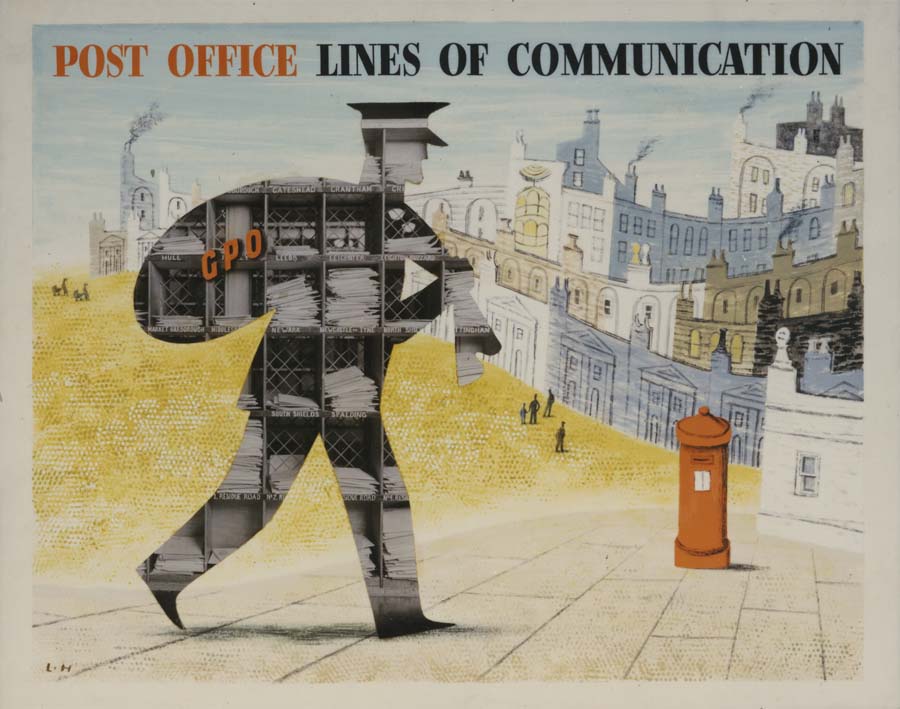
In the 30s, Sir Stephen Tallents revolutionised the image of the Post Office via the design of stamps, posters, films and an in-house magazine. He’s often accredited with coining the phrase ‘public relations’ and with pioneering the use of branding and logos. Loads of his work can be seen on the walls – in fact, the artists who produced the more famous tube and rail posters of that era all started designing ads for the PO first. Finally, these are available from the museum archives once again.
6. The actual Queen’s head
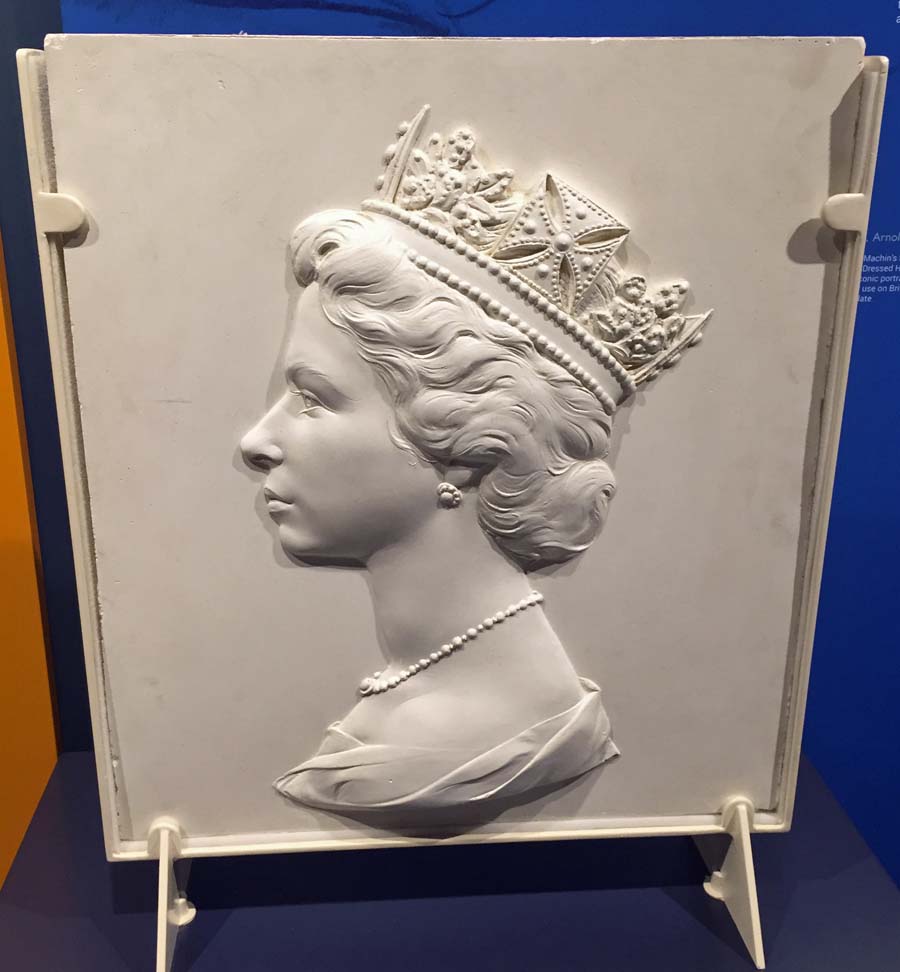
See that familiar little bust of her majesty in the centre or on the corner of your first class stamp? The likeness comes from a series of sculptures made in the 1960s by artist Arnold Machin. His final plaster sculpture is on display at the museum, the very image that has been featured on stamps ever since 1967, meaning it’s been reproduced over 220 billion times – and counting.

